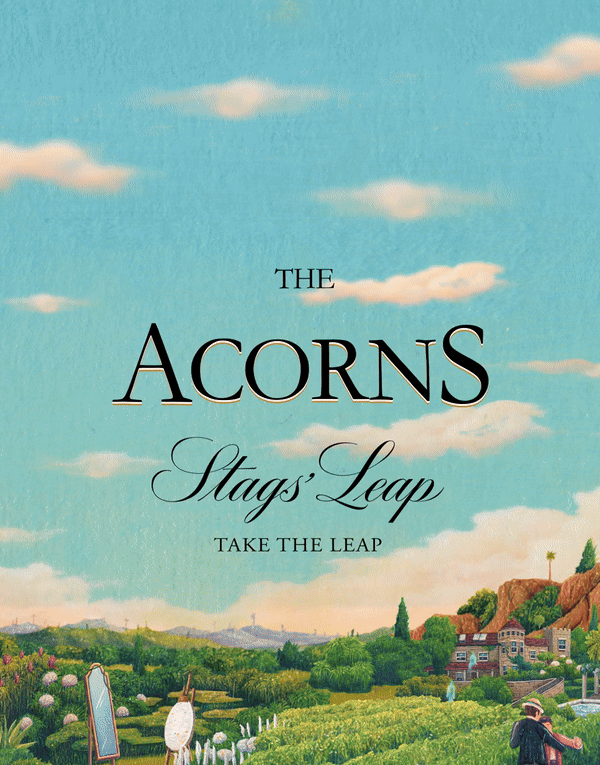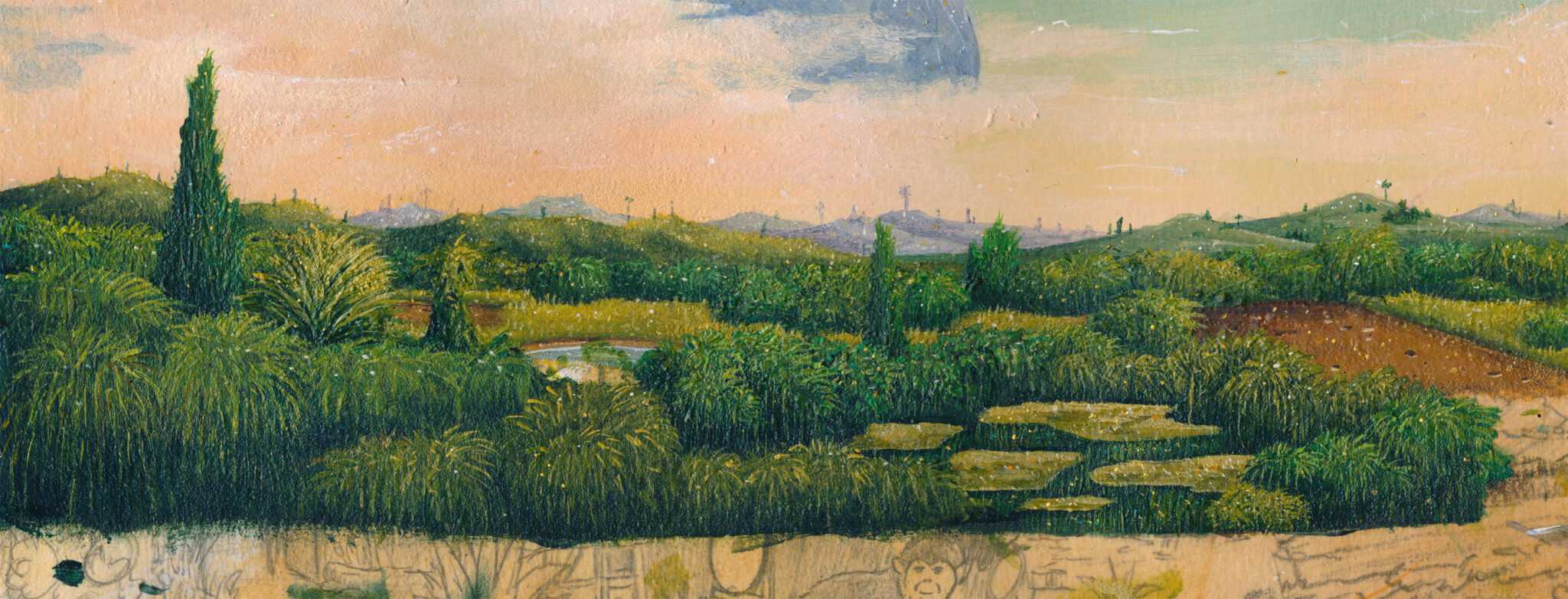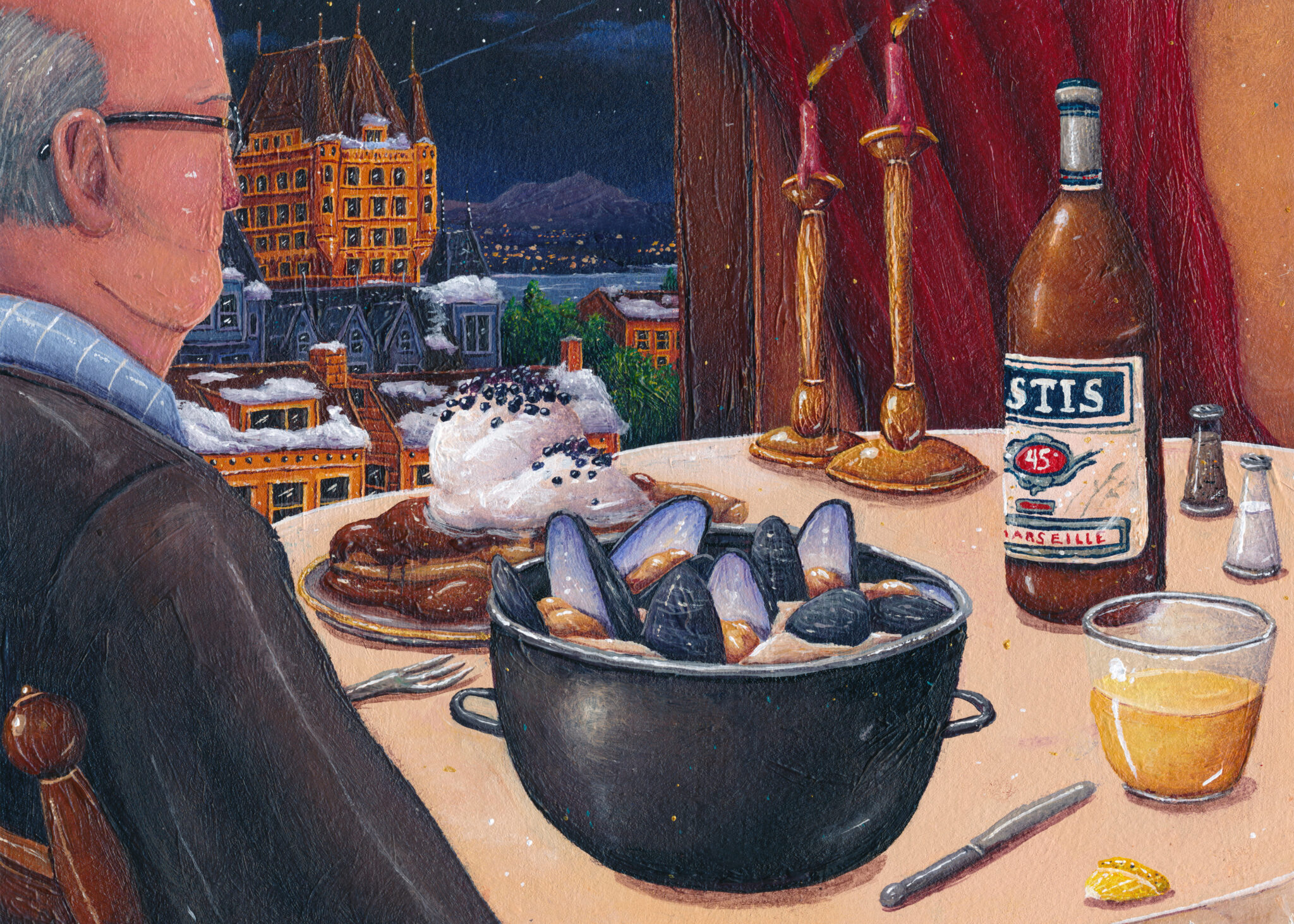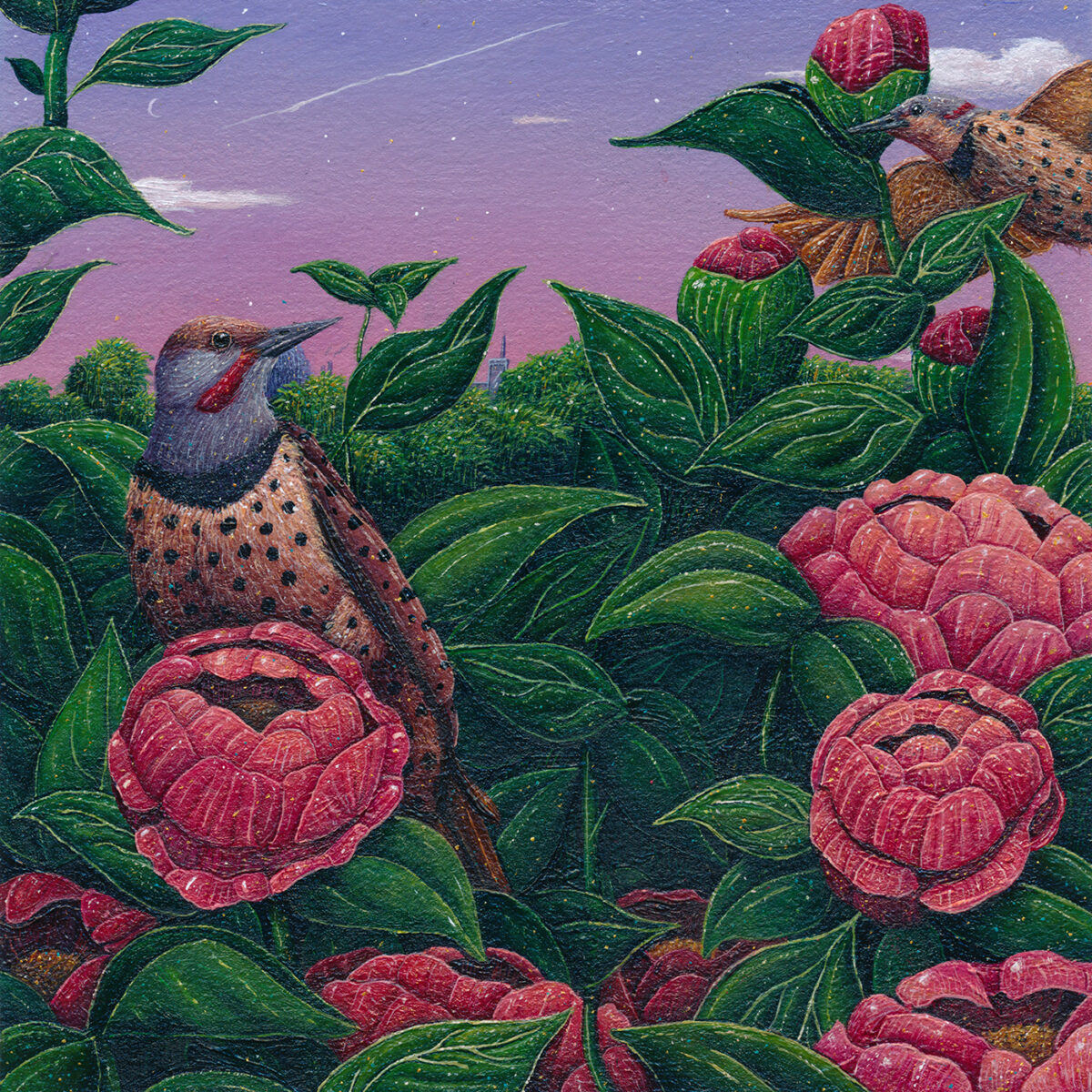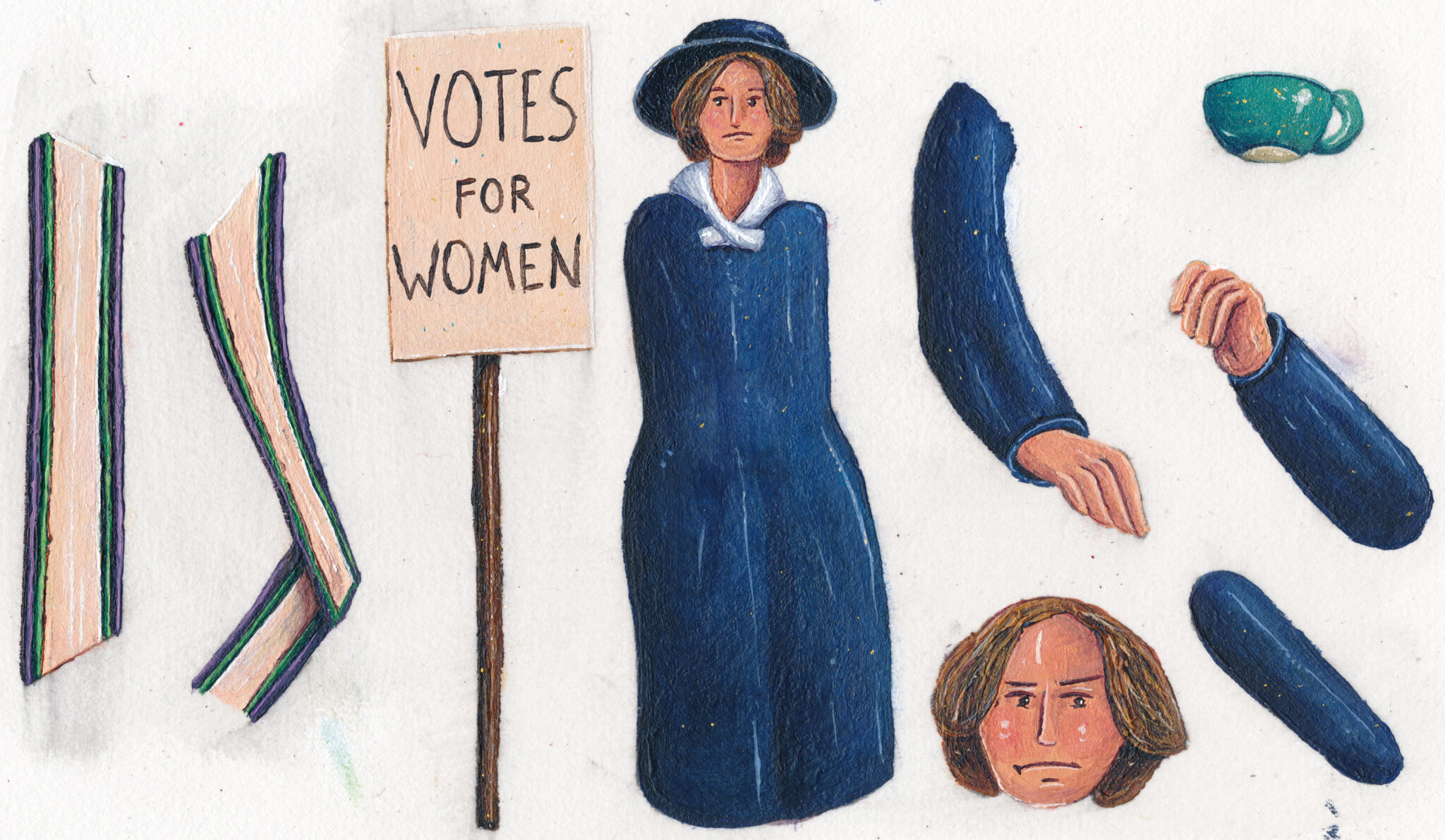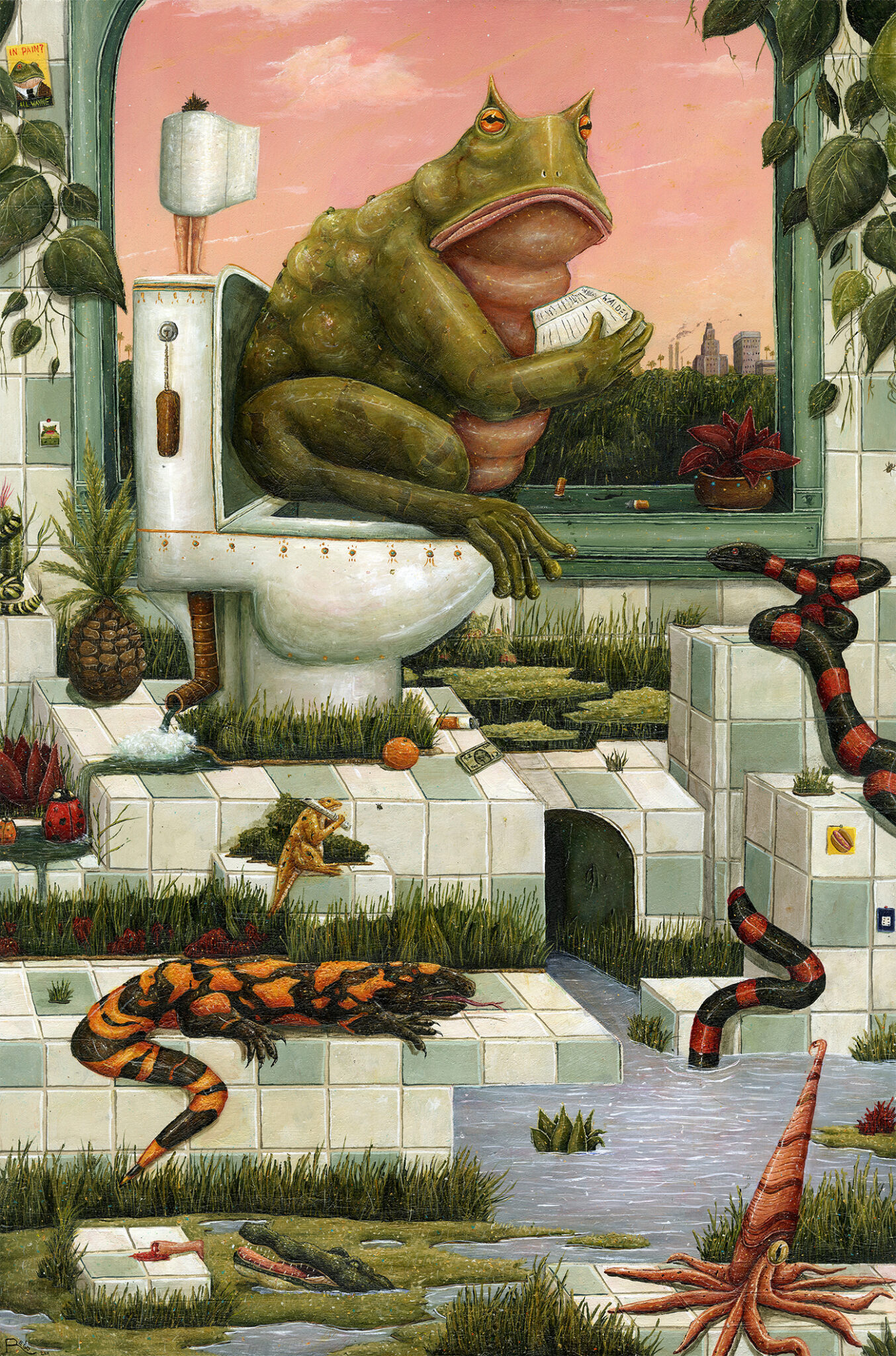John Rego
John Rego is an illustrator living and working in Providence, Rhode Island. Primarily working in acrylics. His work is inspired by pop-surrealism, scientific illustration, northern Renaissance painting, and New England folk art. In his painting practice, John often explores themes revolving around absurdism, human’s relationship with the natural world, and his daily observations.
John earned his BFA in Illustration from Massachusetts College of Art in 2018, and his MFA inIllustration as a Visual Essay from the School of Visual Arts in 2021. John’s work has been exhibited in galleries in New York, Los Angeles, Boston, Providence, Portland, Oregon, andWashington DC. As an illustrator, John has experience with editorial, book cover, advertising, and fine art illustration. In addition, John also teaches in the Illustration Department at Massachusetts College of Art and Design.
Society of Illustrators 64: Gold Medal Uncommissioned
AI-AP: American Illustration 40 Winner
AI-AP: American Illustration 39 Winner
3×3 Illustration Show No. 16: Honorable Mention
Society of Illustrators: West 57
Creative Quarterly No. 53: Runner-Up
Massachusetts College of Art and Design: George Nick Prize
Creative Quarterly No. 51: Runner-Up
Art & Fable Puzzle
Chief Investment Officer
Fidelity International
Gallery 1988
Garden & Gun Magazine
Hudson Valley Seed Company
Minted New York
Motif Magazine
Oxford University Press
Penguin Random House
Pigment
Rhode Island Monthly
Saucony
Stag’s Leap Winery
Tiny Showcase
The New Yorker
The New York Times
When I receive a prompt I begin by brainstorming. I try to write and or thumbnail 15 to 20 compositions and concepts for the given illustration. Sometimes ideas for the project come immediately, other times they require further research.
Once completed, I choose three or four rough thumbnails to further develop into sketches.I normally sketch digitally in order to try out various perspectives, proportions, and compositions quickly. In addition, digital sketches provide flexibility for adjustments in the preliminary stages. I also enjoy testing different color palettes in the sketching phase.
Once a sketch has been approved I begin the illustration. I work with acrylic on paper or wood. I transfer the sketch to the surface and work from the background to the foreground. In my painting practice I use a mixture of a paint by number, and renaissance glazing technique. When the painting is completed, I make a high resolution scan and send it to the client.










